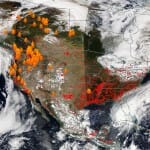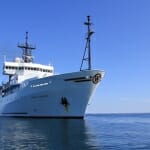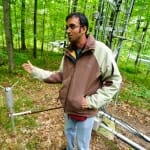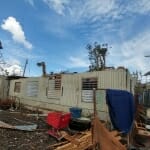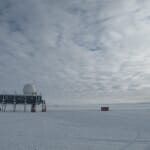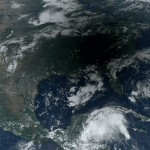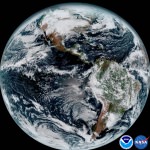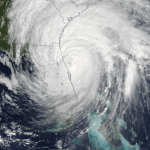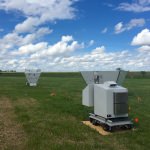Tag Space Science and Engineering Center
One-minute data from UW helps NASA detect wildfires faster
Researchers at UW–Madison's Space Science and Engineering Center are delivering up-to-the minute satellite data to NASA to assist efforts tracking and monitoring wildfires.
Can plants and trees change the weather?
An array of towers, aircraft and researchers will keep watch over the Chequamegon-Nicolet National Forest in northern Wisconsin, focusing on an area from a region of the country sensitive to changes in climate.
Snowfall patterns may provide clues to Greenland Ice Sheet
A new UW–Madison study describes a unique method to measure snowfall on the Greenland Ice Sheet that could help answer some key questions.
GOES-16 offers Earth’s first light in true color
After spending months in space, quietly orbiting the Earth, the next-generation geosynchronous satellite has broken its silence and sent back its first images, with help from UW–Madison.
More frequent hurricanes not necessarily stronger on Atlantic coast
Active Atlantic hurricane periods, like the one we are in now, are not necessarily a harbinger of more, rapidly intensifying hurricanes along the U.S. coast, according to new research performed at the University of Wisconsin–Madison.
New UW–Madison project funded by NOAA could improve weather forecasting
Weather balloons better watch their backs. A new weather forecasting tool could soon find itself part of the day-to-day operations of the National Weather Service, and UW–Madison researchers are testing it.

